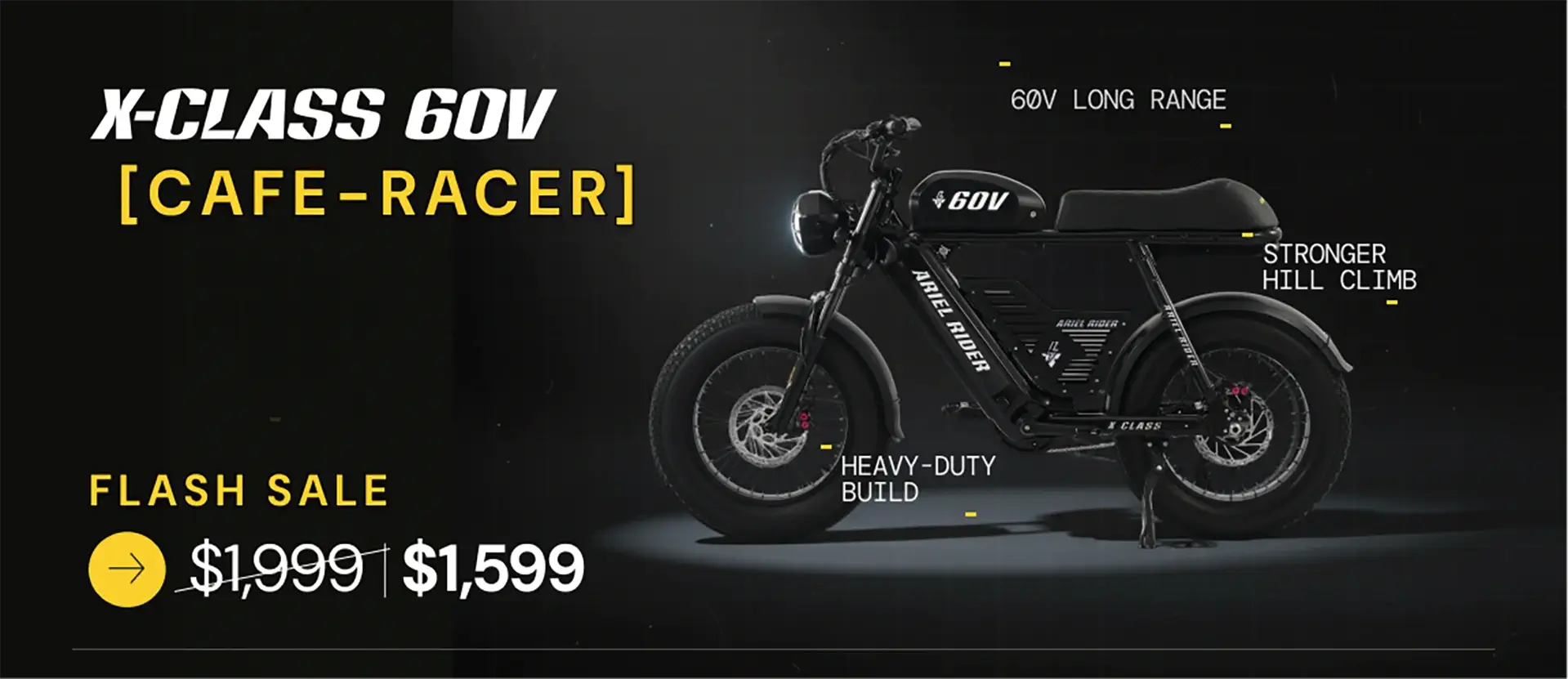The crankset, commonly known as the cranks, plays a crucial role in a bicycle's performance. It links the pedals to the bottom bracket, enabling the rider to pedal and generate power. A crankset consists of several components, including the cranks, chainrings, and bottom bracket. The choice of crankset can significantly affect both your performance and comfort while riding. In this article, we will examine the various types of cranksets available and their specific uses.
-
One-Piece Cranks: One-piece cranks are the most basic type of crankset and are typically found on entry-level bikes. They are made of one solid piece of steel or aluminum and are attached to the bottom bracket via a square taper. One-piece cranks are not as durable or efficient as other types of cranksets, but they are the most affordable option.
-
Three-Piece Cranks: Three-piece cranks, also known as cups-and-cone cranks, consist of three separate pieces: the left and right cranks, and the spindle. The spindle is inserted into the bottom bracket and the cranks are attached to the spindle via a threaded system. Three-piece cranks are more durable and efficient than one-piece cranks, but they are also more expensive. They are typically found on mid-range and high-end bikes.
-
Two-Piece Cranks: Two-piece cranks, or integrated cranks, are like three-piece cranks. However, the spindle is built into the left side crank. This design makes the crankset stiffer and more efficient. However, it also makes servicing the bottom bracket harder. Two-piece cranks are typically found on high-end road and mountain bikes.
-
Compact Cranks: Compact cranks have a smaller chainring, typically around 34 teeth, compared to the standard 53 teeth. This smaller chainring allows for easier climbing, but it also reduces top-end speed. Compact cranks are commonly found on road bikes, but they are also becoming more popular on mountain bikes.
-
Standard Cranks: Standard cranks, also known as traditional cranks, have a larger chainring, typically around 53 teeth. This larger chainring provides more top-end speed, but it also makes climbing more difficult. Standard cranks are commonly found on road and mountain bikes.
-
Square Taper Cranks: Square taper cranks use a square-shaped interface between the spindle and the bottom bracket. This interface allows for easy installation and maintenance, but it also has a relatively low stiffness. Square taper cranks are commonly found on entry-level and mid-range bikes.
-
Octalink Cranks: Octalink cranks use an eight-sided interface between the spindle and the bottom bracket. This interface provides a higher stiffness and better power transfer, but it also makes installation and maintenance more difficult. Octalink cranks are commonly found on high-end and professional-level bikes.
- Power Meter Cranks: Power meter cranks are a special type of crankset that includes a power meter sensor. This sensor measures the power output of the rider and provides valuable data for training and performance analysis. Power meter cranks are commonly found on high-end road and triathlon bikes.
In conclusion, the type of crankset you choose for your bike can greatly impact your performance and comfort. One-piece cranks are the simplest and cheapest choice. Three-piece and two-piece cranks offer better durability and efficiency. Compact and standard cranks provide different gear ratios for climbing and speed. Square taper and octalink cranks give different levels of stiffness and power transfer. Power meter cranks provide valuable data for training and performance analysis. Ultimately, the best crankset for you will depend on your specific riding needs and preferences.



